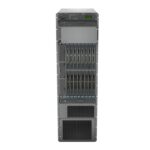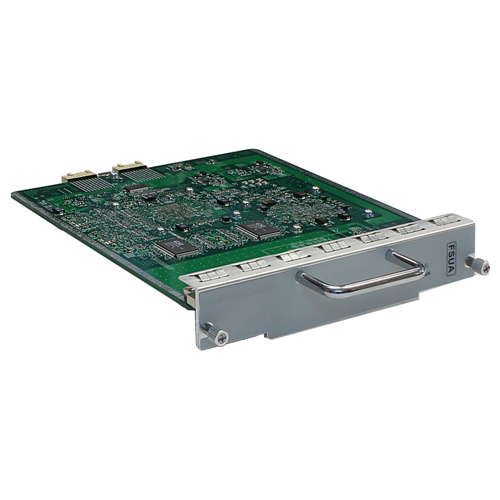









PDU2-PTX-AC-W-BB
< tbody >
| Model: | PDU2-PTX-AC-W-BB – Juniper Router PTX Modules & Cards |
| Detail: | PTX High Capacity AC Wye PDU, base bundle |
Categories: Juniper Router PTX Modules & Cards, Juniper Routers
- Description
Description
PDU2-PTX-AC-W-BB Specification
PTX High Capacity AC Wye PDU, base bundle








